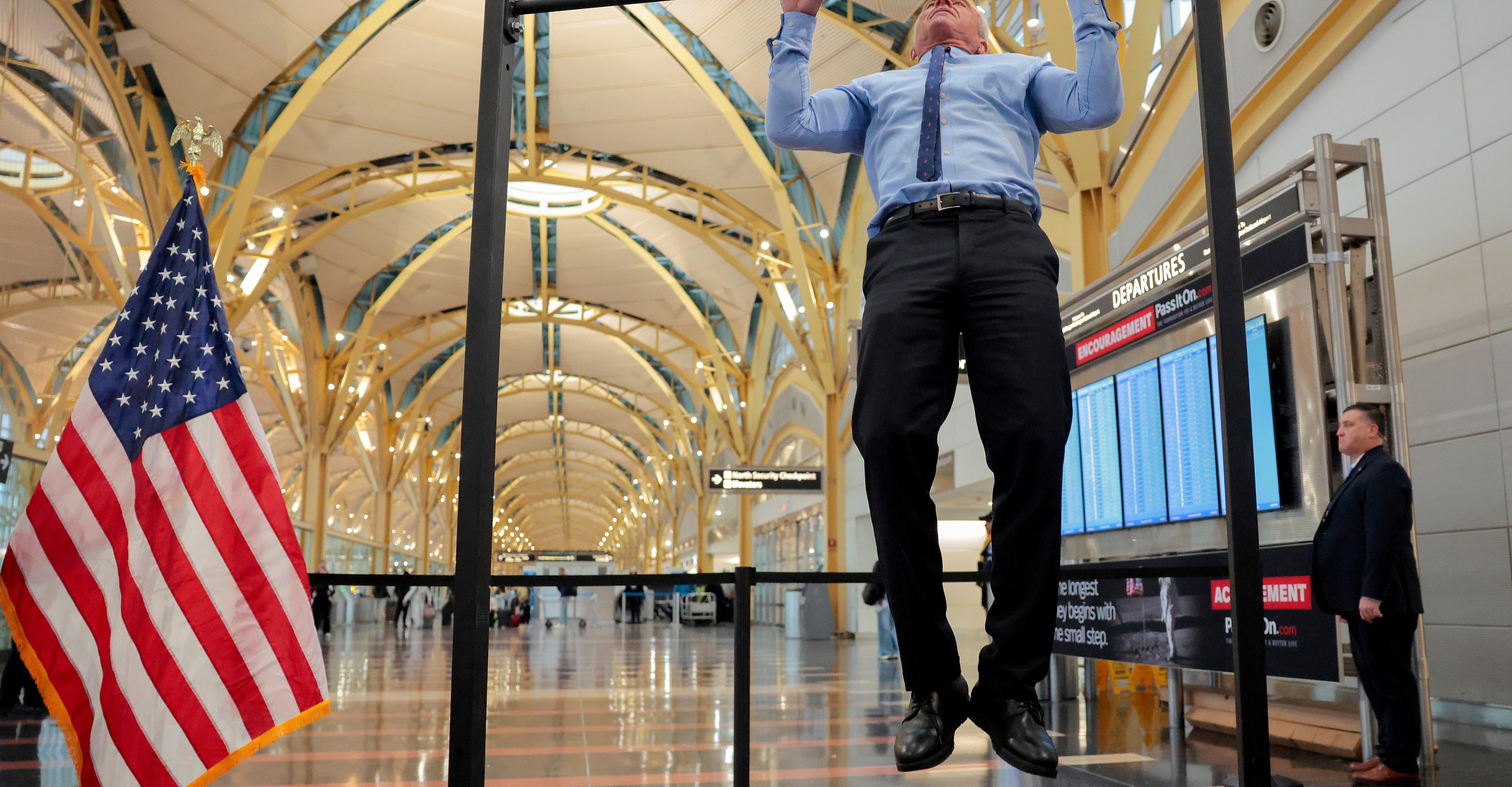How to act in service of the planet — and your values.


When the subject of climate change is a catastrophe in itself, it becomes incredibly easy to catastrophize the fate of the planet. Alarming news headlines, the increased frequency of natural disasters, and politicians’ failure to promote genuine solutions may lead some to believe in an inevitable future in which extreme temperatures and weather events are constant and currently populated parts of the globe are uninhabitable. It’s important not to turn a blind eye to the effects of climate change, but to view these events realistically rather than project future probabilities as fact.
When we catastrophize — or think of the worst-case outcome — our body internalizes our stressful thoughts, whether they’re based in reality or not, says Thomas Doherty, a licensed psychologist who specializes in environmental approaches to mental health. “That creates a positive feedback loop of more stress, more catastrophizing, which then inhibits my performance,” he says, “which, of course, makes me less and less empowered. We have to be careful about that. Realistic thinking about a catastrophe is a different thing. We have to build our capacity to think about catastrophes.”
To help you walk this line between staying in touch with reality and not succumbing to despair, climate-aware therapists offer their advice, from accepting nuance to finding strength in community.
Accept reality — and the feelings that come with it
Climate catastrophizing often begins when thinking about a very real event, be it a flood halfway around the world or threats to wildlife in your town. These are valid concerns that bring about reasonable emotions, Doherty says.
Instead of getting caught up in what could happen in the future, face the grief, the anger, or the frustration of what has already occurred, says Maia Kiley, a licensed marriage and family therapist who provides climate-aware therapy. Acknowledge the effects of climate change you’ve already witnessed — maybe it was a drought that impacted your town. Let yourself experience whatever emotions surface. However, don’t let the sadness overcome you or deny your feelings. Use it as motivation to contribute to changing the future. “It’s important for people to face a certain amount of reality,” Kiley says, “and then also to see that the story is still being written and they do have power.”
Find an understanding friend, a climate-aware therapist or a local Climate Cafe, where people discuss all things climate, and share exactly what you’re feeling and what concerns you, regardless of how big or small the worry feels, says licensed clinical psychologist Barbara Easterlin, the co-president of the Climate Psychology Alliance of North America. Try to feel the depths of those emotions, she says.
Other aspects of reality you must face are those who deny the existence of climate change and the people and institutions — including those at the highest positions of power — who have acknowledged its existence but decided not to do anything about climate change. Turn to your emotions and ask yourself pointed questions, says Kate Schapira, author of the forthcoming book Lessons from the Climate Anxiety Counseling Booth. How do those people and institutions make you feel? What do you usually do when you feel those emotions? What are those feelings inspiring you to do? These solutions should always involve talking with other people, Schapira says. “Action that’s individualist,” says licensed clinical social worker Rebecca Weston, co-president of the Climate Psychology Alliance of North America, “I don’t think it necessarily makes anyone feel better.” (More on how to find a community later.)
Get to the root of your emotions
After accepting your feelings around climate change, determine what the catastrophic thought is trying to tell you, Easterlin says. What exactly are you afraid of? What is your worst fear? By no means are any of your concerns unfounded, Easterlin stresses.
Maybe you panic about the potential for heat stroke and death or that you may be displaced by disaster. Then consider the likelihood of that loss happening tomorrow. “The world is not going to end tomorrow,” Easterlin says. “That is an irrational fear. What is true is that there’s a lot of uncertainty. There’s anxiety that underlies uncertainty.”
Perhaps you’re concerned about the safety of your home and loved ones in the event of a hurricane, wildfire, extreme heat, or floods. Consider how you want to prepare before disaster strikes and how you’ll show up if it does, Schapira says. This might include talking to a few neighbors about what you’ll do if you lose power and being ready to act on that plan if the power does go out. “[It’s about] looking into where the thing that you are good at and the thing that you have relationships about, or could have relationships about, crosses paths with what’s needed,” Schapira says.
Doherty suggests setting a timer for 20 minutes to map out a specific disaster plan: evacuation routes, knowing where you keep flashlights and nonperishables in your home. It can be helpful to write this down. Of course, you may not have the luxury of time and resources to make these plans. Jobs that pay a livable wage and government programs and funding that support disaster recovery are solutions that individuals simply cannot make plans for.
Through this thought exercise, you’ll be able to identify your values. There are three basic values that inspire environmental action, Doherty says: concern about yourself and your loved ones, concern about others, and concern about nature. Which of those are most important to you? (It may be all of them.) “That’s your engine, that’s your core,” Doherty says. “No matter what happens in the world, you’re going to stay with your values.”
Working through your emotions, values, and sharing your fears with others ensures you’re acting with intention and not letting fear guide you or prevent you from making constructive choices.
Create a plan for action
An effective strategy for minimizing climate-related catastrophic thinking is to find a community of like-minded people who are doing positive work. Knowing that you are not alone in your concerns about the future of the planet is empowering, Weston says. Additionally, being a part of a group who believes we collectively have the ability to avert some of the most extreme effects of climate change can blunt catastrophic thinking, says Doherty.
Think small at first. Getting involved within your community is both more accessible and ensures your actions will carry greater impact. Organizations and groups of neighbors in the South, for example, have created spaces for residents to find water and shelter during extreme weather events and collectively fought against environmental racism in their community. Try searching for climate-focused groups in your town on Google or Facebook.
Let your values guide you when selecting an organization. If you care about clean energy, can you find a local group that’s working to transition businesses and homes in your area to alternative energy? Your love of animals may inspire you to seek out a group focusing on preservation of native species. Consider your skills and the amount of time you’re able to devote, too. Maybe your background as a copywriter makes you best suited to draft emails to city council members on behalf of the organization.
Another exercise to help you identify your interests includes imagining the best-case scenario, Kiley says. Ask yourself, “What if all our actions helped ensure the vitality of the earth, helped to make the planet safe and equitable for all?” What steps would you take to make that dream a reality? When people consider their role in changing the course of climate change, they become more motivated to act, Kiley says.
Control the information you consume
People who are in the habit of catastrophizing may spend a lot of time reading upsetting news, which further feeds their anxiety. While you shouldn’t cut yourself off from staying informed altogether, balance the media that worries you with stories of people, scientists, or organizations who are making positive strides toward climate change, Kiley says. Knowing the government officials and departments who oversee sustainability and disaster preparedness in your town or city can help remind you that there are people actively working on these issues, Doherty says.
Keeping up with major climate change stories will help keep you informed and you’ll have a better sense for when this same information is being repackaged as sensationalist or alarming (often on social media and in mass media that don’t regularly report on climate change), Doherty says. “Once in a while, a news story will knock me off my balance, but most of them don’t,” he says. “Most of the stories are not new. Most of the stories are journalists just rediscovering knowledge that I already know. So once you do this work, you can say ‘I know,’ and that’s a very powerful thing to say.”
Accept the unknown, including the potential for positive moments
A hallmark of catastrophizing is all-or-nothing thinking — that because Earth’s temperature has risen 2 degrees Fahrenheit, the planet will certainly perish, for instance. “When we paint a story of inevitability,” Weston says, “it leaves out all of human agency. It leaves out all of the uncertainties.” It’s important to keep open the possibility of human intervention and innovation, the possibility that your actions could allow your children to have a better life.
“We’re still participants in this story,” Kiley says. “It’s not set in stone yet how it’s going to end.”

Tremors felt in Balochistan's Barkhan district
- 14 hours ago
NFL playoff-clinching scenarios: Which teams can secure a berth in Week 16?
- 2 hours ago
NDMA dispatches 27th aid consignment for Palestinians
- 13 hours ago

Met Office forecast rain, snowfall from Dec 20
- 12 hours ago

You need to listen to Sudan Archives’ violin opus for the club
- 3 hours ago

Inside the high drama of the iPhone 4
- 3 hours ago

The global shadow economy behind Trump’s latest move on Venezuela
- an hour ago
What is going on with Trevon Diggs and the Dallas Cowboys?
- 2 hours ago
Pakistan Navy launches fourth Hangor Class submarine 'Ghazi' in China
- 11 hours ago
India summons Bangladesh envoy over security concerns in Dhaka
- 15 hours ago

The low, low cost of ending extreme poverty
- an hour ago

Everything is a mockumentary now, thanks to Rob Reiner
- an hour ago







